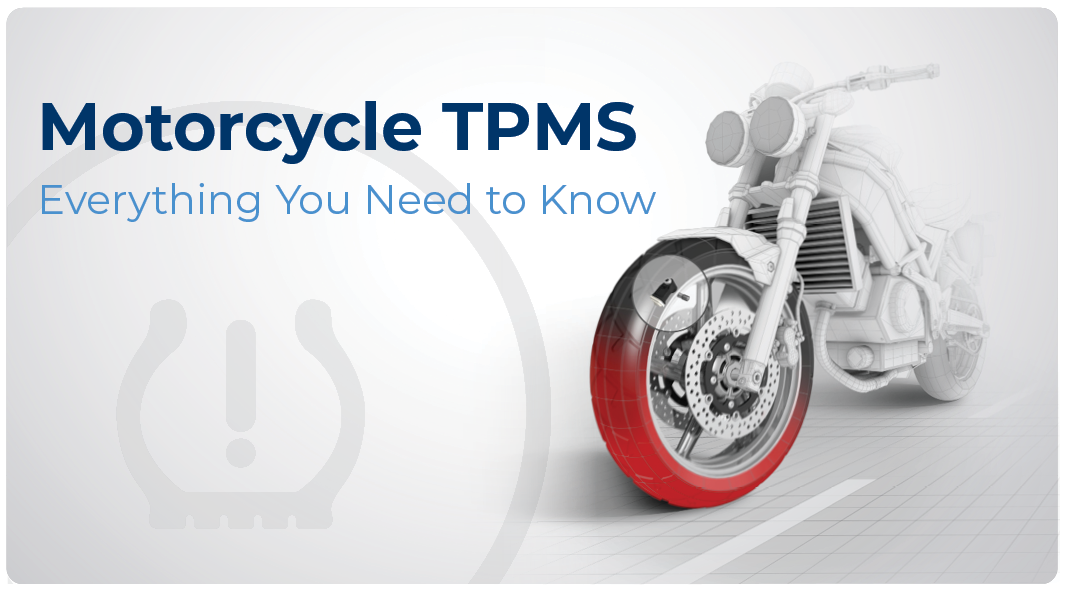 Riding a motorcycle is a different experience compared to driving a car and requires specific maintenance. According to the European Commission, a motorcycle is considered to be one of the most dangerous means of road travel. More than 6500 motorized two-wheeler users die each year in the EU and the risk of death for motorcyclists is 20 times higher than of car occupants.
Riding a motorcycle is a different experience compared to driving a car and requires specific maintenance. According to the European Commission, a motorcycle is considered to be one of the most dangerous means of road travel. More than 6500 motorized two-wheeler users die each year in the EU and the risk of death for motorcyclists is 20 times higher than of car occupants.
Statistics show that deflated tyres cause the majority of accidents on the road. Needless to say, a deflated tyre causes frustration and is downright dangerous if not caught on time. The same can be said for overly inflated tyres. Proper tyre maintenance can lower the risk of these accidents significantly. Constantly monitoring your tyre pressure can make a lifesaving difference!
What Are Your TPMS Options?
Unlike passenger cars, TPMS for motorcycles is not a mandated requirement in the EU. However, as the number of motorcyclists grows, so does the importance of safety measures. TPMS can play a significant role in the prevention of future accidents by providing real-time alerts on the pressure levels of your tyres. Today, many OE manufacturers offer motorcycles with built-in TPMS systems. Additionally, there are numerous Aftermarket retrofit solutions available in case your two-wheeler does not come with a built-in system. When choosing a retrofit solution, you should pay attention to parameters like warning strategy and pressure ranges.
How to Ensure Proper Maintenance?
In order to fully benefit from TPMS, you need to ensure proper maintenance of the system and its components:
• While driving, carefully observe warning signals of your system and maintain tyre inflation levels indicated in your owner’s manual.
• At each tyre service, perform a TPMS sensor and system check that includes a visual inspection of the sensor and operational check using a compatible diagnostic tool.
• Replace service kit components at each tyre change/service.
How to Choose a TPMS Sensor/System for Your Motorcycle?
Not all sensors will be a perfect fit for your motorcycle, so start by researching this topic to identify parameters set by your specific OEM. Once you have identified the sensor type, research your options. There are few criteria you need to keep in mind while choosing a sensor/solution, such as:
OE quality – choosing a product from an OE manufacturer is always the safest option and can guarantee the maximum performance of your system.
Alert strategy – always check for compliance with the EU TPMS warning strategy for maximum performance.
Battery life – sensors with longer battery life can last longer and result in savings in the long run.
Written by Sofiana Filipi
Sources: https://ec.europa.eu/transport/road_safety/sites/roadsafety/files/pdf/vehicles/study_tyres_2014.pdf
http://www.fema-online.eu/uploads/documents/safety/EAMS2009.pdf
https://www.solomotoparts.com/blog/Routine-Motorcycle-Maintenance-Guide
https://motofour.com/3-motorcycle-tpms-options-for-longer-better-rides/
